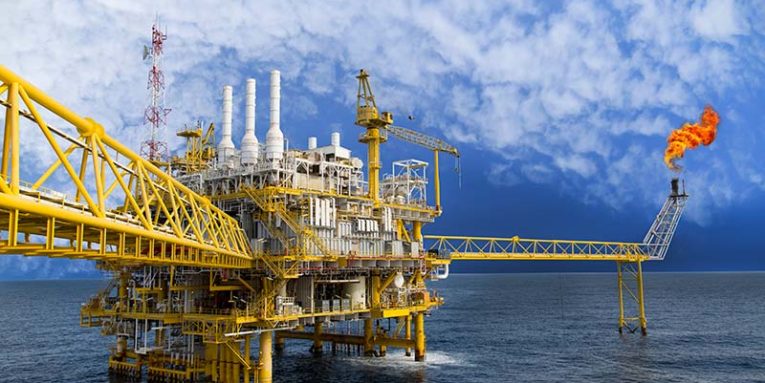Energy crisis looms as forecasts ignore US shale oil quality

https://www.ft.com/content/d4a8c0ea-f8ad-11e8-8b7c-6fa24bd5409c
Anas Alhajji
FT, Thursday, December 13, 2018
The obsession with US shale oil is leading the world into an energy crisis.
The world’s leading forecasting agencies have hailed the tremendous growth in shale as key to meeting oil demand in the coming decades. But by focusing on volume rather than quality, they are missing the point.
Crude extracted from shale rock is generally far lighter than conventional oil and is not the type demanded by the world’s oil refiners as demand for heavier products like diesel increases and demand for gasoline decreases. At the same time we are approaching the limits of vehicle fuel economy while consumption in Europe has grown faster than previously anticipated.
Once crude quality starts to limit the growth of US shale production, due to lack of demand from refiners, we will end up with lower oil supply and higher oil consumption.
All the while oil-producing countries are reducing their upstream investment and international oil companies are moving from long cycle investment that brings desirable crude quality to short investment cycle that brings undesirable crude quality.
The US shale revolution turned conventional wisdom on its head, not only changing the energy landscape in the US, but also the global direction of trade in oil, natural gas, and LNG. But when it comes to oil, the forecasting agencies have been blindsided by the quantity and ignored crude quality.
They forecast “explosive” growth in tight oil production in the coming years. By doing so, they are sowing the seeds for an energy crisis.
Oil-producing countries’ perception of this message is simple: if growth in tight oil production is going to cover growth in global oil demand and more, why do I have to invest to grow or even maintain production capacity? Can my oil find alternative uses, such as petrochemicals?
But it is important to pay attention to what has happened in the US. As a result of the mismatch between crude quality and refining capacity, we have already hit a refining wall in the US. This explains why all additional crude produced has to be exported. But soon we are going to hit a worldwide refining wall, with plants not suited to running such a light slate.
The story does not end there. Most of the decline in demand for oil in the coming years according to forecasting agencies does not come from the wide adoption of electric vehicles, but from improvements in fuel economy, where rising fuel efficiency is expected to lower oil demand significantly.
But such forecast exaggerates such an improvement, and the growth of global oil demand to 2040 is grossly underestimated.
We have already reached the minimum size of small cars since they cannot be smaller than our bodies.
The data are telling us a compelling story: the average fuel efficiency of new cars sold in the US has been virtually flat in the last five years. Sales of sports utility vehicles and light trucks have skyrocketed while sales of small cars nosedived.
The story is not limited to the US. Sales of SUVs and crossover cars in China are increasing rapidly, making fuel economy improvement difficult. Rich people in Africa are buying the fanciest and largest cars they can buy.
Another problem in long term forecasts is that they ignore the “rebound effect” that results from energy efficiency and fuel economy improvement.
Overwhelming evidence shows that the improvement of fuel efficiency leads to more frequent driving and driving longer distances. In fact, the “Uberization” of the world is leading to more demand for transportation and higher demand for fuel.
Finally, Europe. Oil demand collapsed during the financial crisis of 2008-2009, resulting in forecasts which showed a permanent decline in the region’s oil demand.
But as several European economies recovered, demand started increasing, forcing forecasters to revise up European oil demand virtually every quarter since 2014. Nevertheless, for some reason, forecasting agencies still expect Europe’s oil demand to decline tomorrow and forever.
The forecasts indicate a fundamental problem in modelling oil demand in Europe. Strong economic growth throughout the continent will lead to large growth in oil demand.
The massive migration of people from Africa, the Middle East and countries in Asia are reversing population growth trends, leading to higher energy consumption than predicted.
To conclude, crude quality will prevent shale from delivering the necessary supply growth in the coming years to meet demand. There will be no readily available replacement by the time the market discovers the cold reality.
Growth in global oil demand will be way larger than estimated because forecasting agencies are exaggerating the impact of fuel economy and underestimating growth of oil demand in Europe.
The irony is US shale producers will benefit only when the current long term demand forecasts are shown to be wrong. Once they are, then shale may have a role as most of the gap will come from higher demand from motor vehicles and gasoline, for which it is better suited to making. But the gap for other oil products will remain. The industry needs to rethink.
Anas Alhajji is an advisor to oil companies, financial institutions, and oil-producing countries.
The Commodities Note is a regular online commentary on the industry from the Financial Times













I think you’re right. At least I hope so as a long suffering energy market investor.